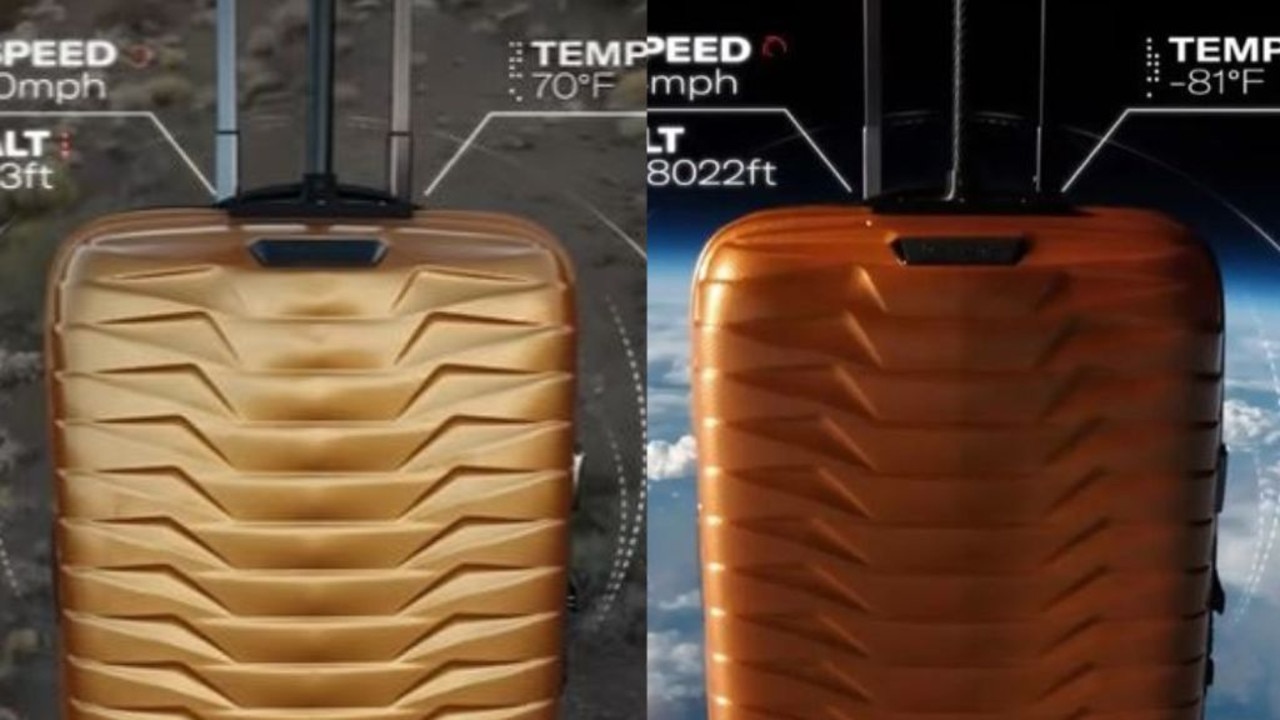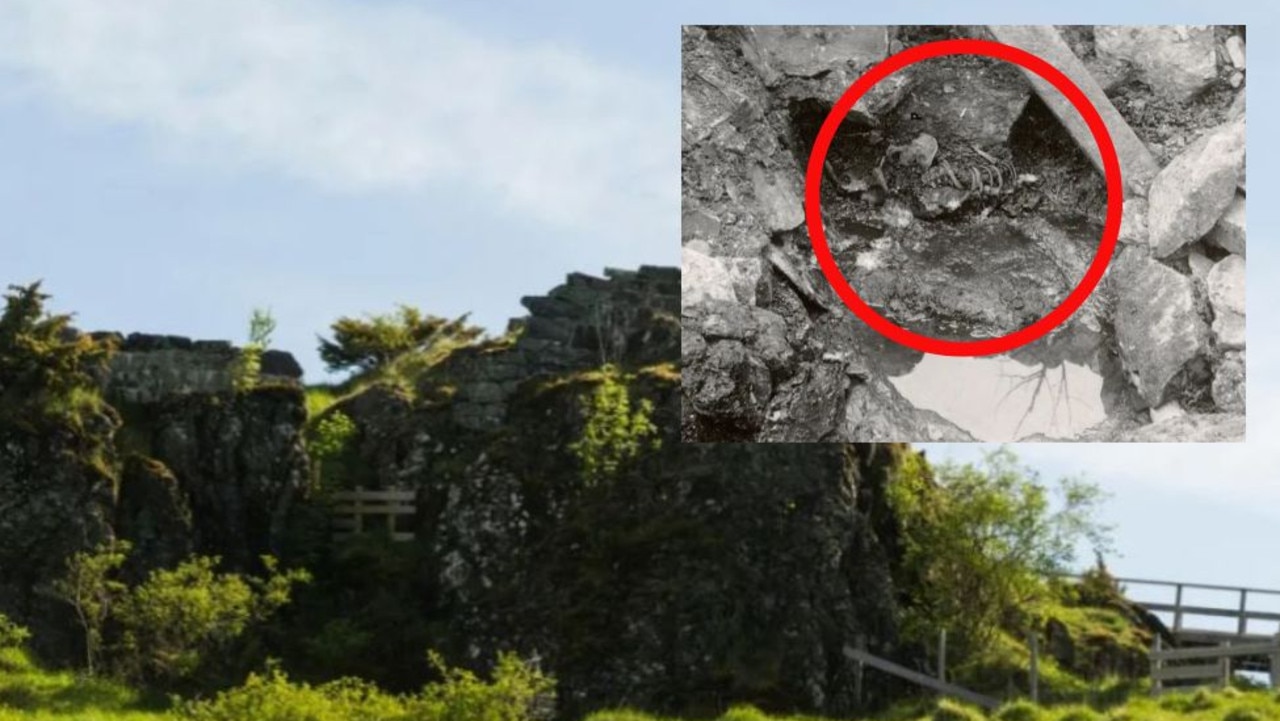Dozens of new Dead Sea Scroll fragments found after being hidden for 2000 years
As they race against treasure hunters to search caves near the Dead Sea, Israeli archaeologists have discovered a trove of artefacts.
New Dead Sea Scroll fragments have been discovered in what researchers call the ‘Cave of Horror’.
Israeli archaeologists say the fragments are at least 2000 years old and were discovered in the Judaean Desert.
The famous Dead Sea Scrolls are ancient Jewish religious manuscripts that were first found in the Qumran Caves in the desert to the north of the Dead Sea.
They were first discovered in 1946/47 and are thought to date back to around the last three centuries BC.
The new scroll fragments are the first to be found in six decades.
The Israel Antiques Authority (IAA) revealed they’d been found in a dangerous cave in the Judaean Desert during a mission to search all the caves in the area.
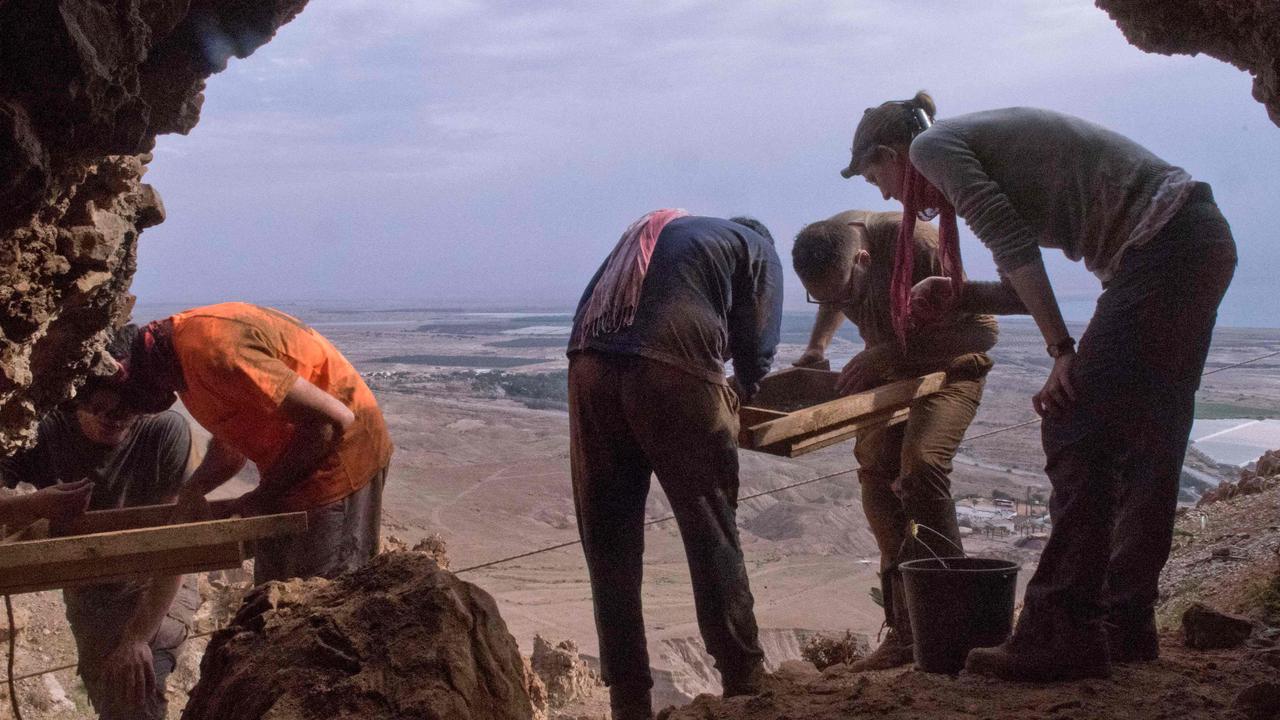
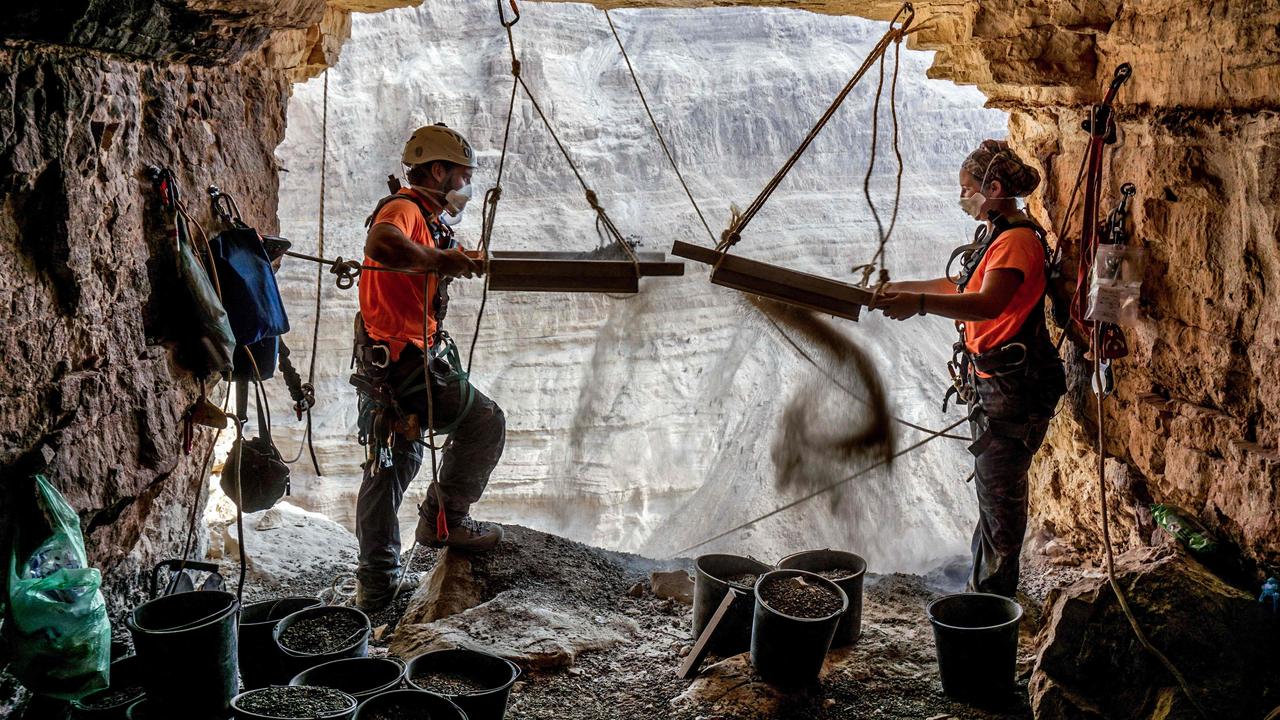
Experts call it the ‘Cave of Horror’ and it’s located in Nahal Hever.
An Israel Antiquities Authority press release explained that the cave is “flanked by gorges and can only be reached by rappelling precariously down the sheer cliff.”
In addition to being dangerous to reach, 40 human skeletons were found at the cave during excavations in the 1960s.
The ancient remains were thought to belong to Jewish refugees hiding from the Bar Kokhba revolt.
This was a revolt of Jewish people living in the Roman province of Judea against the Roman occupation, thought to have happened around 132-136 AD.
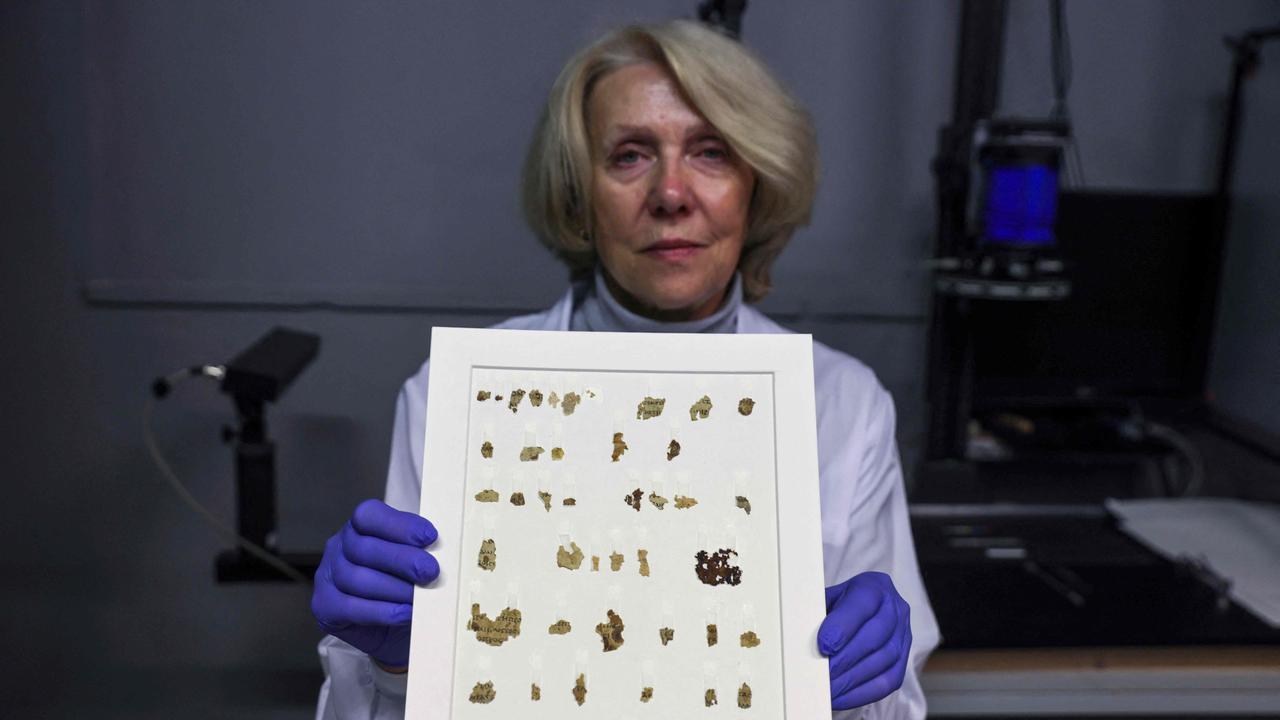
The new scroll fragments feature Greek translations of the books of Nahum and Zechariah that are in the Book of the Twelve Minor Prophets.
Experts have been searching caves in the Judaean Desert since 2017 after the IAA went on a mission to find any more scrolls before they could be stolen.
The first scrolls were found accidentally by shepherds around 70 years ago.
It’s thought they were stashed away for safekeeping during the Bar Kokhba revolt almost 2000 years ago.
Researchers worked over an area of 80km and stepped into caves that may not have seen humans for 2000 years.
They found a number of other artefacts including a mummified child and an ancient basket.
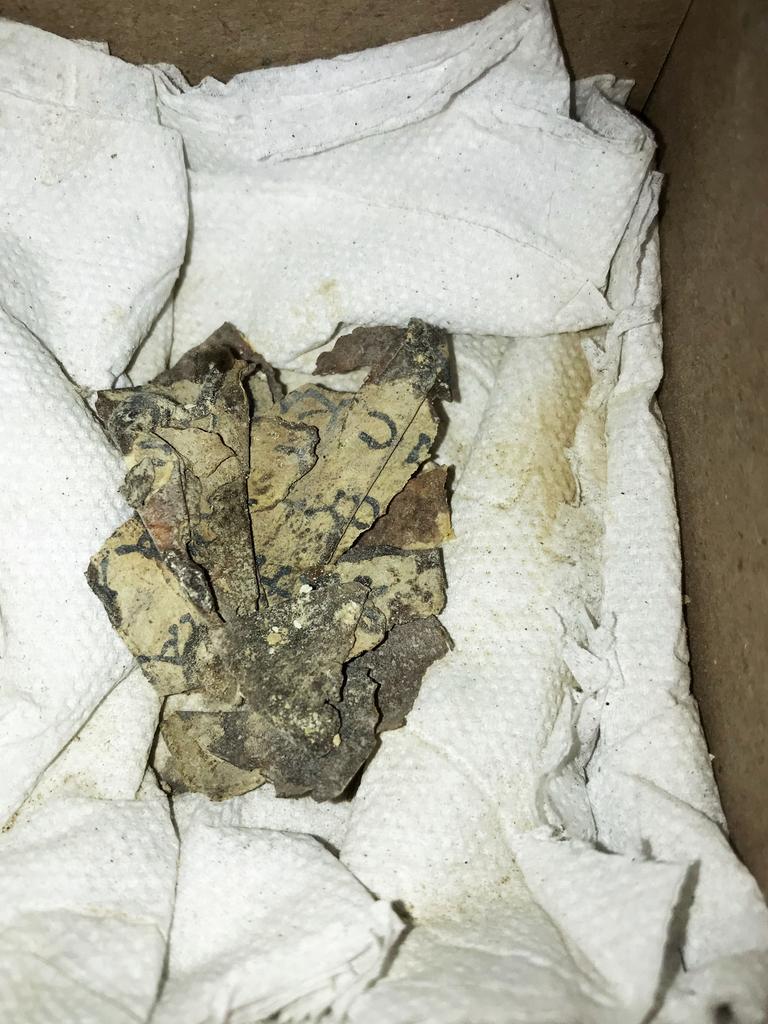
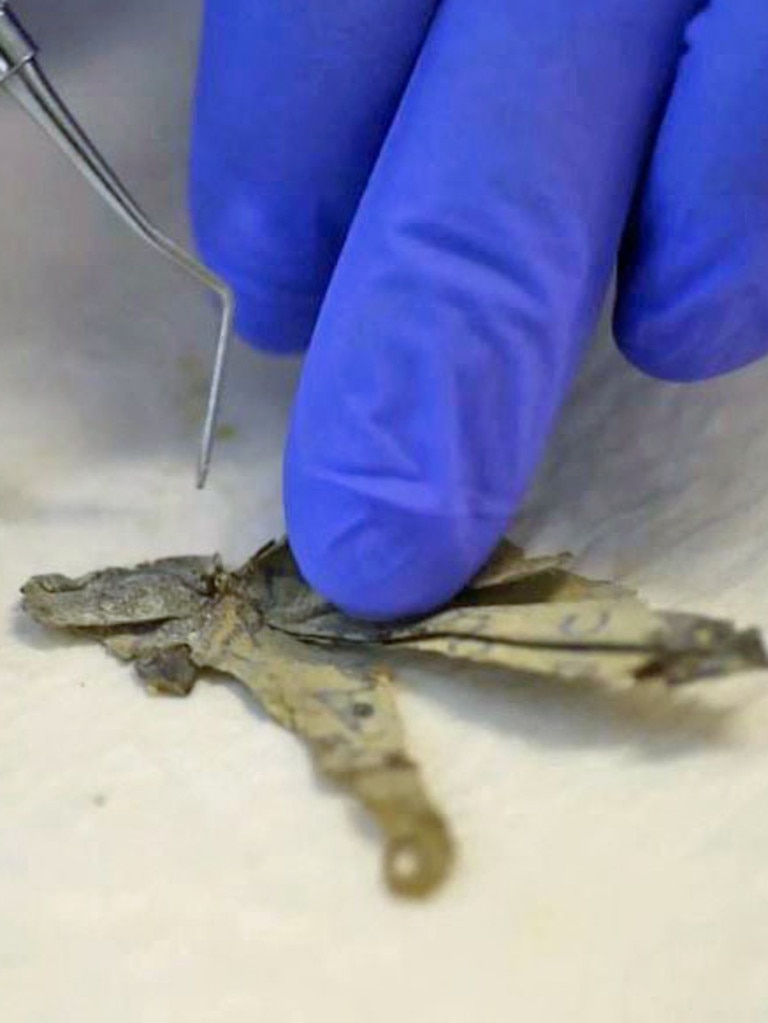
The Dead Sea Scrolls are actually made up of 900 manuscripts thought to be written by an ancient Jewish sect called the Essenes.
The Essenes are thought to have existed from the 2nd century BC until the 2nd century AD in Palestine.
Analysis of 33 skeletons buried at Qumran fit in with the theory that a religious sect of men created the scrolls.
Prior to this, it had been claimed a community of celibate priestly men lived near the Qumran Caves.
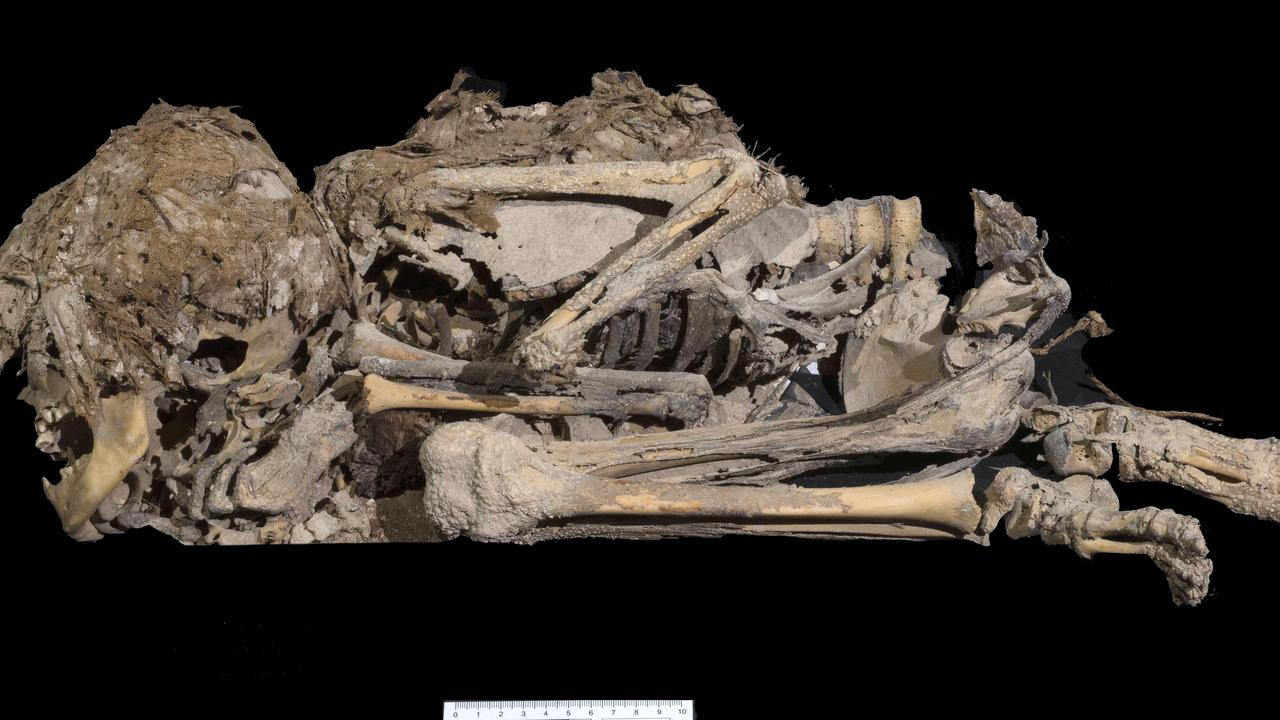
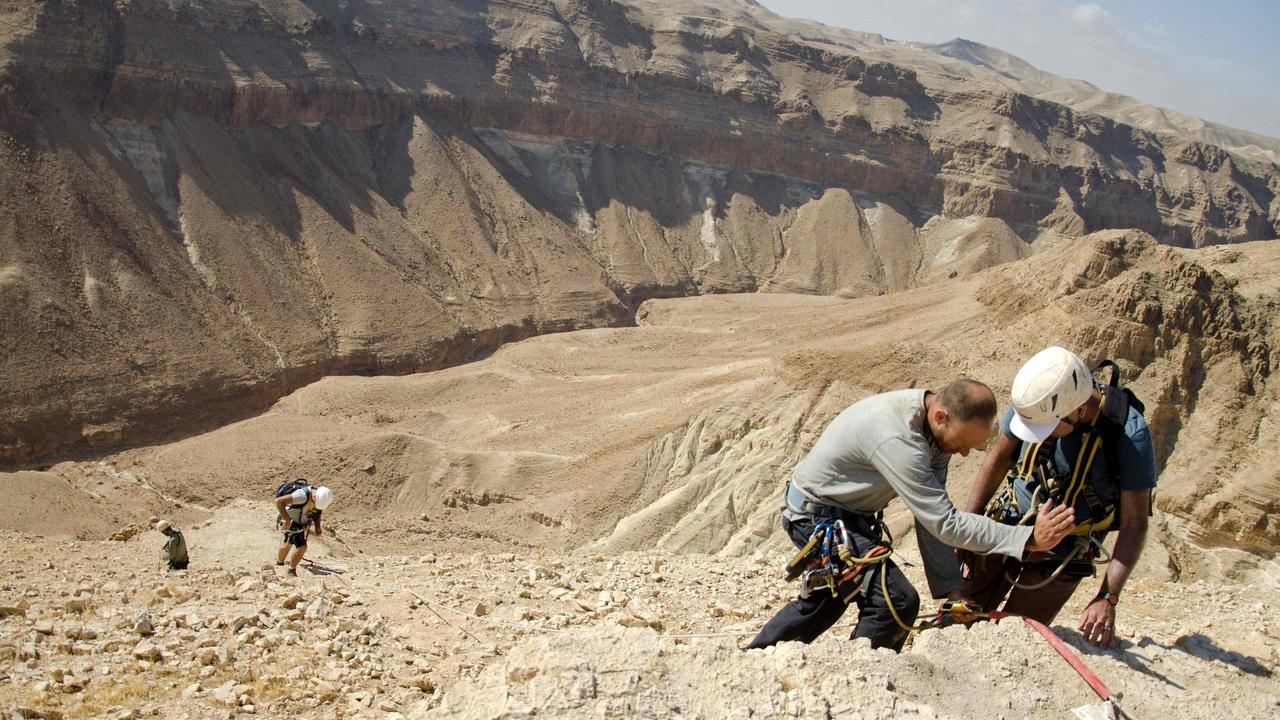
The skeletons, excavated in 2016, were definitely or most likely males, aged between 20 and 50 – or possibly older – when they died.
Scholars have been fascinated by the scrolls since their discovery.
The ancient parchments contain versions of the Hebrew bible, rules, calendars and even astronomy observations.
DEAD SEA SCROLLS EXPLAINED
The first examples of Dead Sea Scrolls are said to have been discovered in 11 caves along the northwest shore of the Dead Sea between 1946/47 and 1956.
There are around 981 different texts in total and almost all of the Hebrew Bible is represented in them.
The Dead Sea Scrolls include fragments from every book of the Old Testament except for the Book of Esther.
The majority of the Dead Sea Scrolls are in Hebrew, with some fragments written in the ancient paleo-Hebrew alphabet thought to have fallen out of use in the fifth century BC.
However some are in Aramaic, the language spoken by many Jewish people between the sixth century BC and the siege of Jerusalem in 70AD.
Several texts feature translations of the Hebrew Bible into Greek, which some Jewish people used instead of or in addition to Hebrew at the time of the scrolls’ creation.
They have been translated into English and published digitally.
This article originally appeared on The Sun and has been republished with permission

